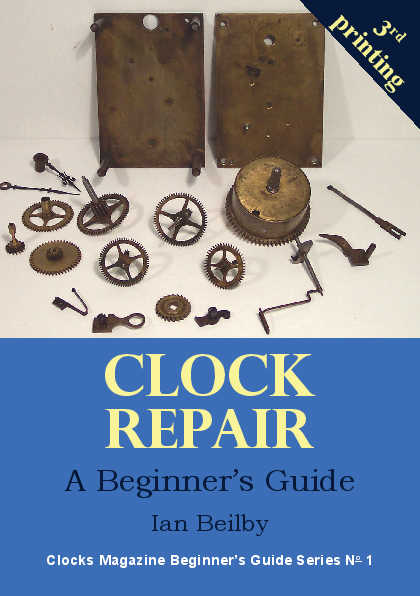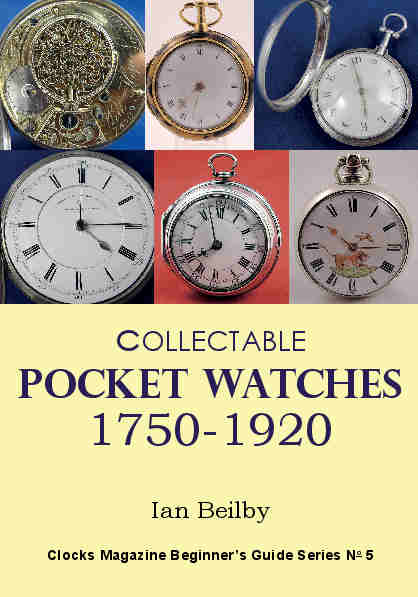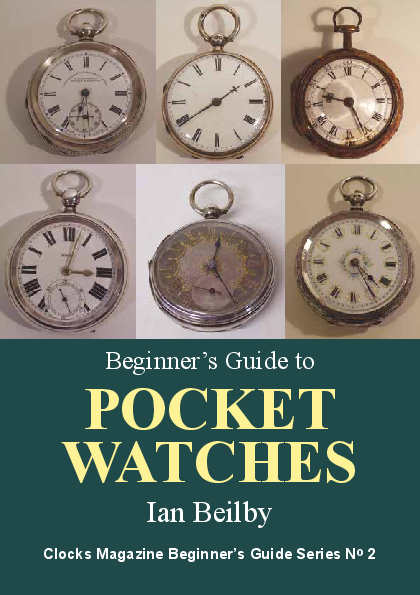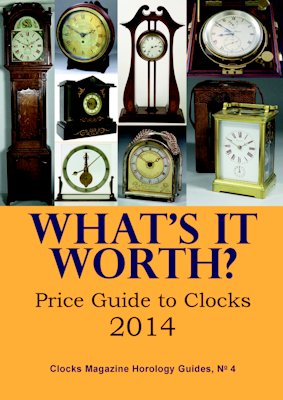| Clocks Magazine Finding faults in clocks |





|
Clock fault finder 10 Alignment of teeth and wheelsWith the movement dismantled check for worn/damaged or bent wheel teeth. Bent wheel teeth should be gently eased and straightened. Check the concentricity of the wheels on their arbors. A previous repairer may have moved a wheel and if not running concentrically the wheel could be “butting” the teeth of the adjacent pinion. Check the alignment of the movement plates and pillars when tightly pinned in place. All clock mechanisms whether spring or weight driven suffer a certain amount of plate movement when fully wound. If the plates are distorted, not seated correctly, or not pinned-up tightly the distortion increases, leading to the wheels and arbors loosing there freedom and ability to mesh correctly. A check should be made both with the wheel train in place and with the wheels removed. << Back to previous page |
|
|